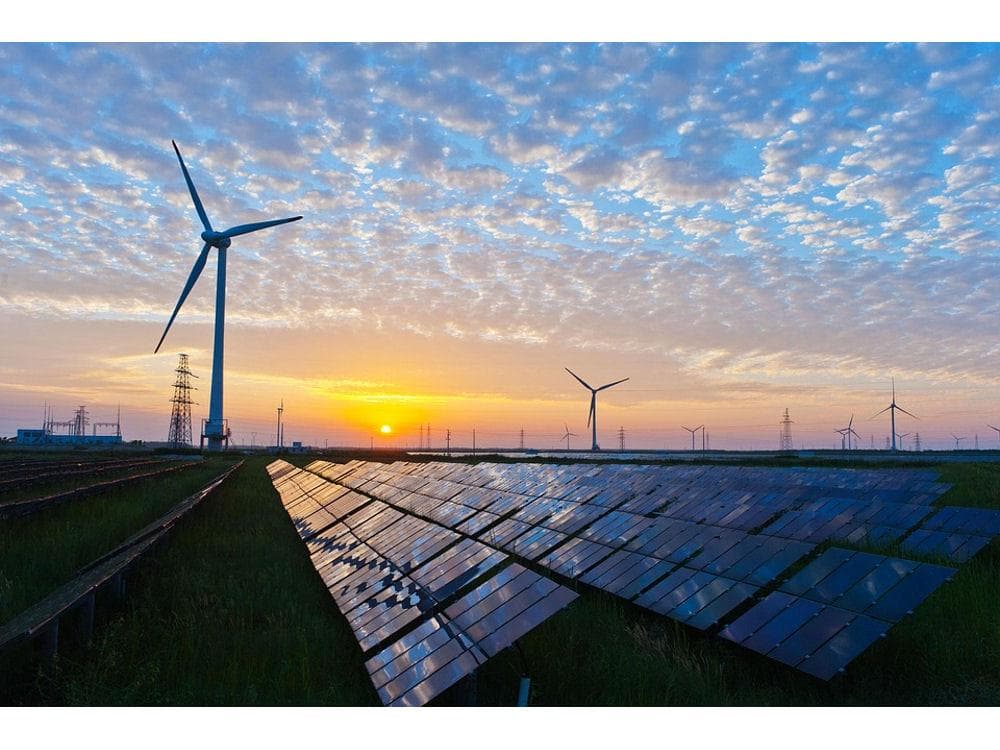The United Nations Framework Convention on Climate Change introduced the concept of “Common But Differentiated Responsibilities” (CBDR) in the global pursuit of climate change mitigation. The intent was to recognize that each nation approached the process from a unique beginning position with regard to economic development status and potential, emissions history and current emissions rates, but that their common goal was to control emissions at a level which would avoid environmental harm.
The developed nations, which had produced and continued to produce the greatest quantities of emissions, would be expected to demonstrate the greatest “ambition” in reducing emissions. This was expected to involve the replacement of current emitting processes with non-emitting processes or processes equipped with systems to capture and store their continuing emissions.
The initial focus was on electric generation, replacing fossil generation capacity in the developed nations with renewable generation capacity, predominantly solar and wind generation. The intended pace of emissions reductions would have required premature closure of existing generators, beginning with coal generation and continuing to natural gas generation, or retrofitting “Carbon Capture and Storage” (CCS) on the existing generators. However, CCS equipment retrofits were unproven technology, projected to increase capital and operating costs and to reduce plant capacity, energy efficiency and reliability.
Development of federal and state legislation and regulations and the establishment of federal incentives for the installation of renewable generation facilities in the developed nations directed electric industry responses toward plant closures and renewable generation capacity acquisitions or contracts. Some nations responded by closing nuclear generation facilities, though they were a reliable, emissions free source of generation. Other nations proceeded to remove hydroelectric dams, though they are also an emissions free generation source.
The developed nations encountered numerous issues in the process, including rising electricity costs, reduced grid stability and reliability, excess renewable generation during periods of high availability and low demand leading, in some cases, to negative power pricing and market disruption. The nations which moved most aggressively toward renewable generation have encountered the need for electricity storage to time shift renewable generator output to match electric load profiles.
Grid scale battery storage is available to shift output for up to four hours. However, storage to achieve time shifts of days and weeks, or to compensate for seasonal variations in renewable generation output is currently limited to pumped hydro systems. However, pumped storage systems are geographically limited, expensive, have lower round trip efficiencies than batteries and have frequently met with substantial citizen resistance.
Several developed nations have evaluated other long-duration storage approaches, including compressed air storage and “Green Hydrogen” production and storage, with limited success. “Green Hydrogen” would offer the potential to repower existing fossil generators and to replace fossil fuels in applications in the residential, commercial, industrial and transportation sectors. However, “Green Hydrogen” production currently requires massive supplies of clean water and electricity, operates at an energy efficiency of approximately 75%, is extremely expensive and presents transportation and storage challenges.
The challenges of reducing emissions were further complicated by the Paris Accords, which established a goal of Net Zero emissions by 2050 in the absence of several key technologies required to achieve the goal, especially in the compressed timeframe.
- ORIGINAL CONTENT
